Roads leading to Baguio are paved now but it still stands as a benchmark of the toughness of many vehicles. Not only are you tackling steep uphills but also different kinds of corners, slow moving vehicles, and varying road conditions. Even if my car can do that trip, I’d rather not.
I was lucky I had a Ford Everest with me when my band had a gig in Baguio. Taking my personal Suzuki Celerio would mean a lot of fuel wasted just from overtaking slow-moving trucks on an uphill alone. Add the stress to the car itself and I’ll very gladly take the Everest, thank you very much. The Ford Everest Titanium 4×4 made me realize how lucky are those who could afford this. It made light work of any uphill we encountered but it’s more than that. It’s simply one of the best ways to go to the City of Pines in the north.
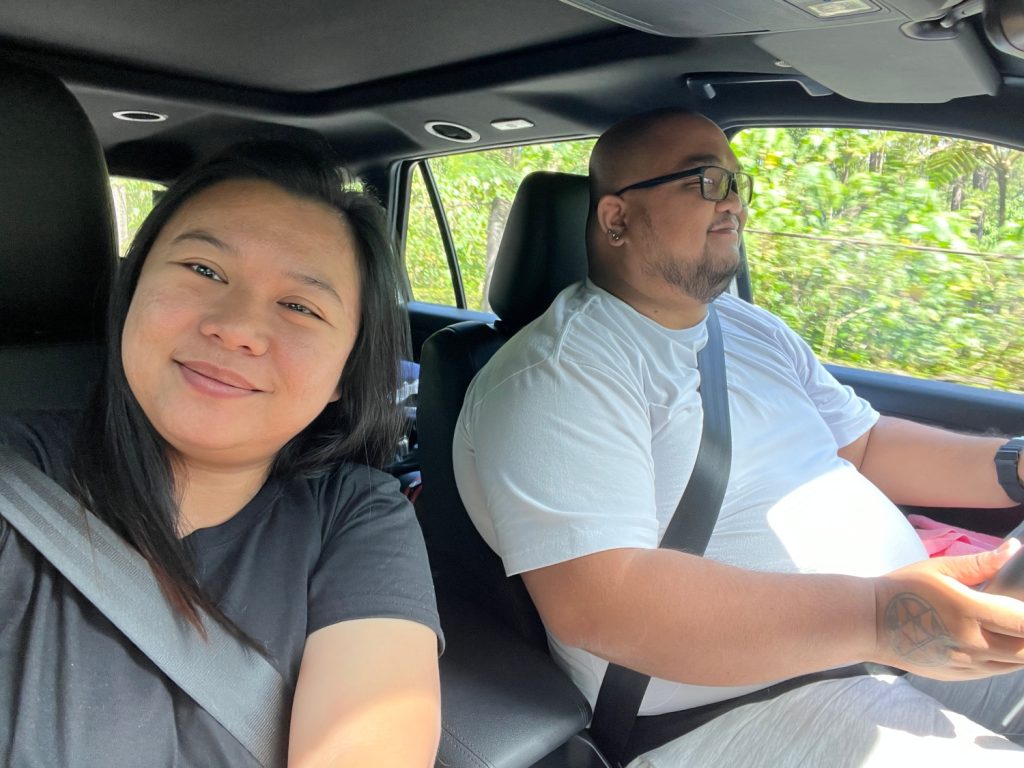
Undoubtedly the best part of the Ford Everest is the ride quality. It simply glided through all the ruts and cracks that Bulacan has to offer, while not bottoming out on the deep potholes in other areas, especially the road going into Pulilan Exit.
They have also improved on its control as it’s not too soft, avoiding its previous tendency of the front end dipping too much when braking. It also worked well on the curves as it now has less body roll leading to a less dizzying experience on mountain roads. This means sleepyhead occupants can close their eyes at NLEX and comfortably wake up already in Baguio City.
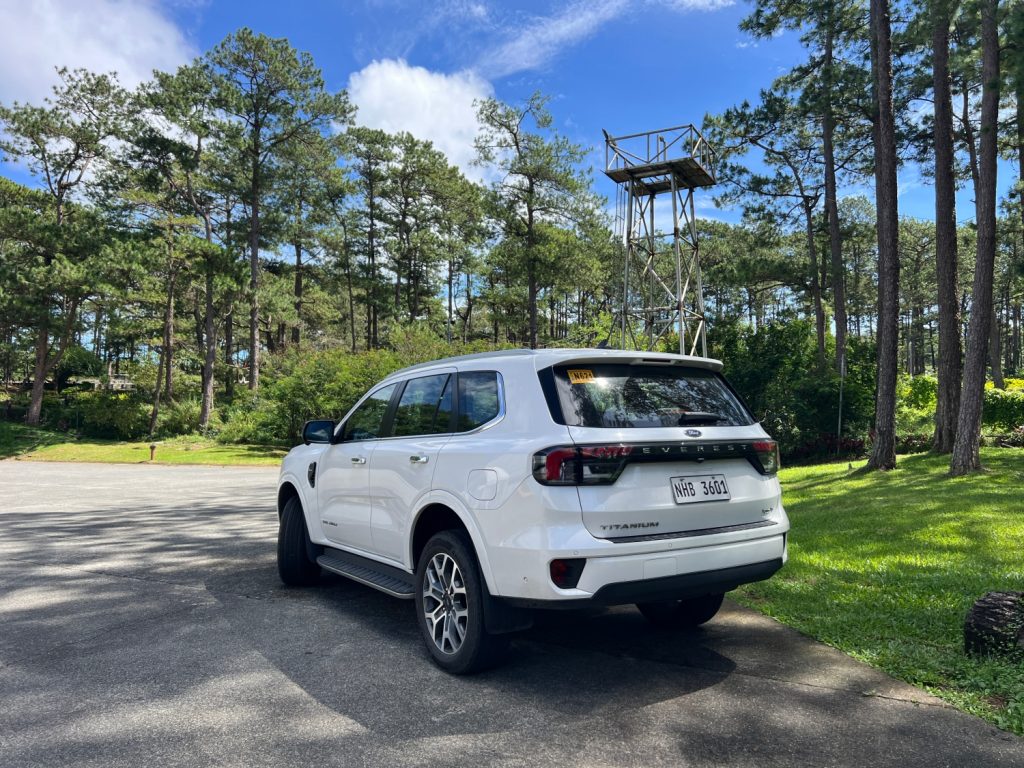
The Advanced Driver Assist System (ADAS) of the Ford Everest made itself apparent once on the highway. Going through long stretches of highways is daunting even for the well rested. The Adaptive Cruise Control (ACC) lets me rest my foot and leg since it won’t alternate between the two pedals anymore. The Lane Keeping System (LKS) ensured you stay on your lane, avoiding your hand to unknowingly steer to other lanes due to fatigue or other reasons. What I liked about the Everest’s system is that it’s not jittery. The LKS doesn’t make the steering wheel an endless vibration machine while the ACC is softer in its application and release of the brakes. It definitely made the trip easier on my body in preparation for the mountain roads.
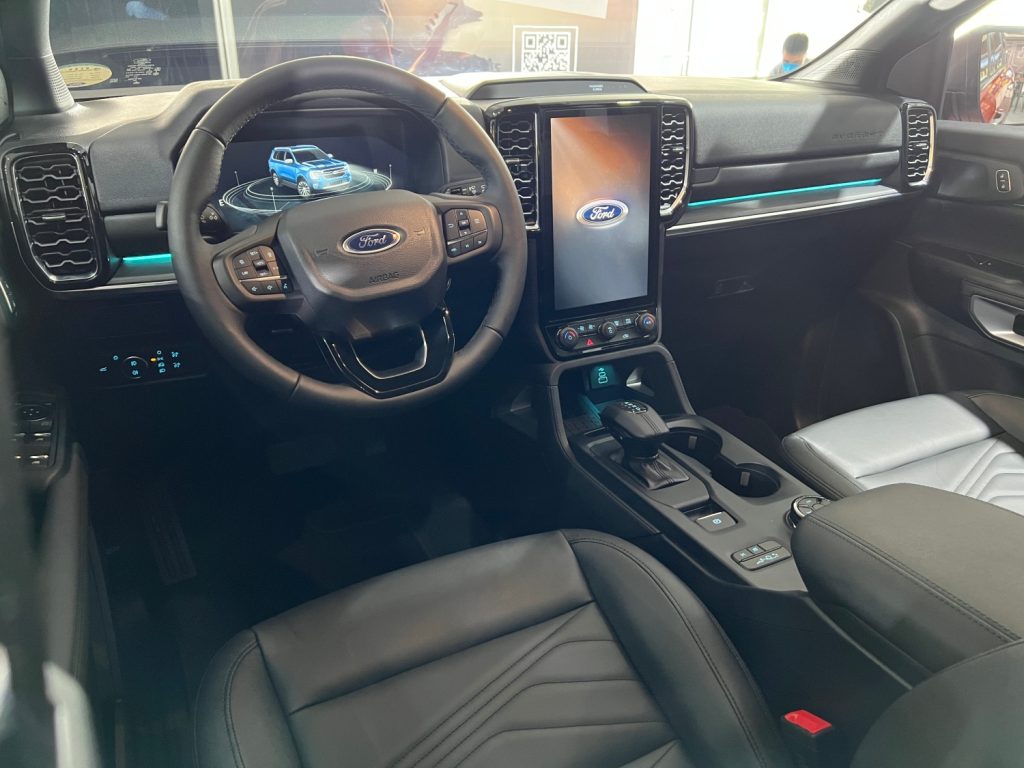
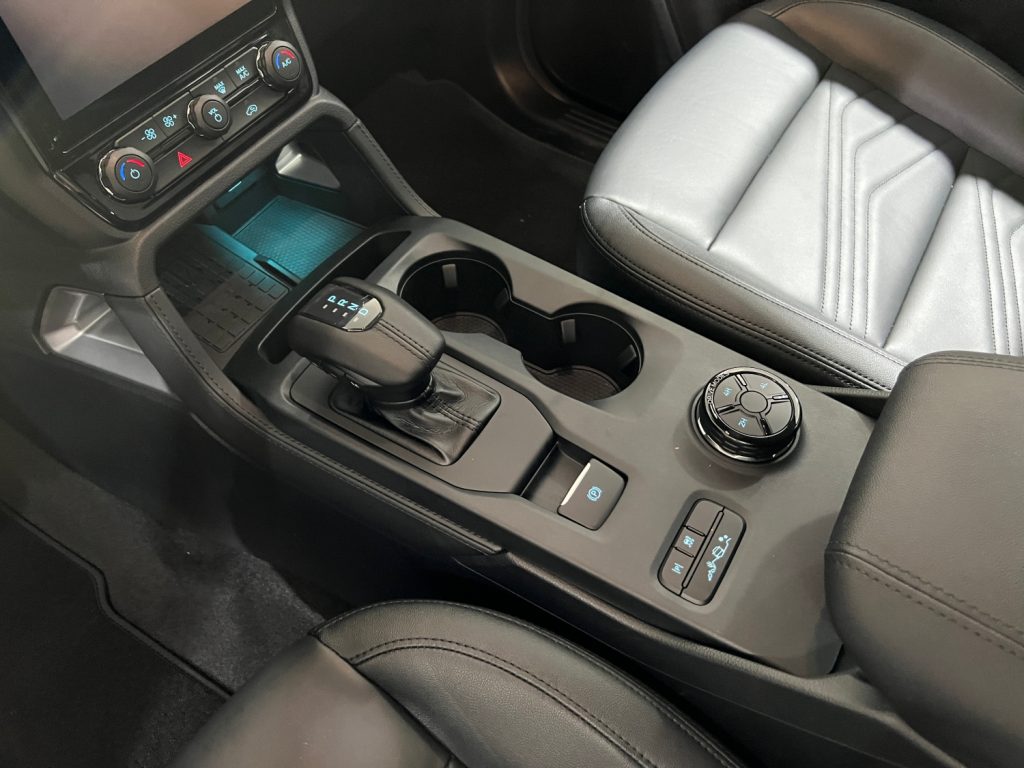
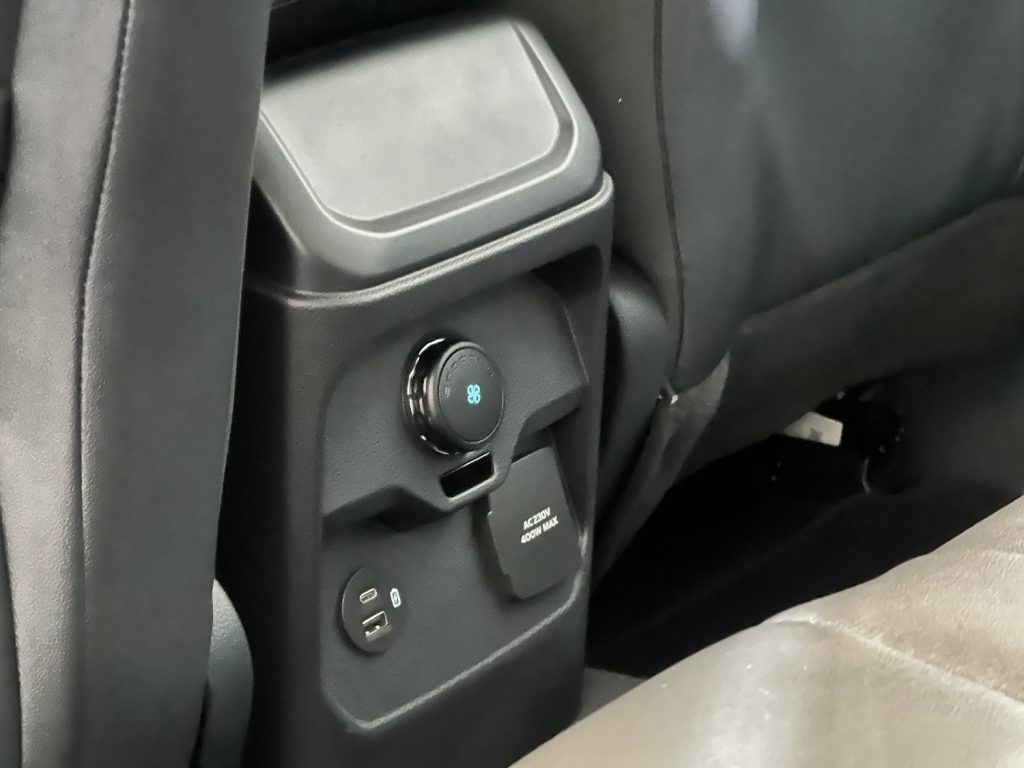
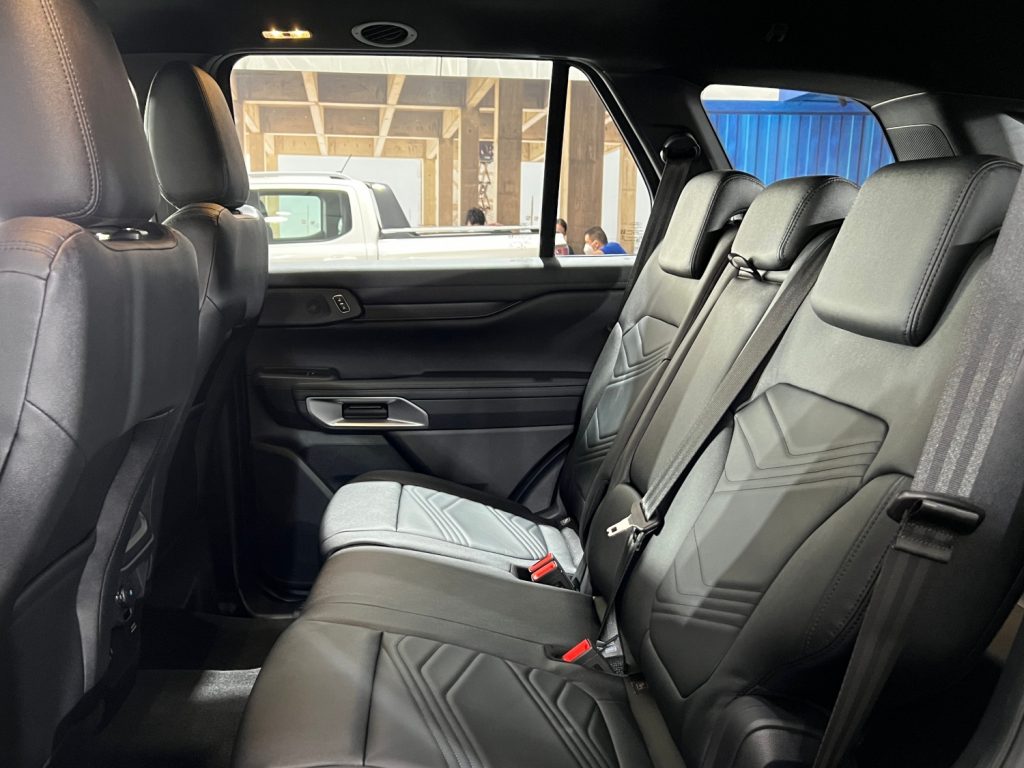
But the ADAS wasn’t only useful on the highways, it was also handy in Baguio itself. There aren’t as many kamote riders compared to Metro Manila but they’re still present and the Blind Spot Monitor lets me know of them ahead of crucial time. I’m also thankful for the Automatic Emergency Braking because apparently, local cab drivers are kings of the road here. But perhaps the most useful of all is their 360-camera system with Cross Traffic Alert Braking. Some establishments have slim parking slots while the houses have narrow passages from the already tight roads. Having a camera on all corners in addition to the parking sensors definitely eased anxiety when going in and out of those tricky situations.
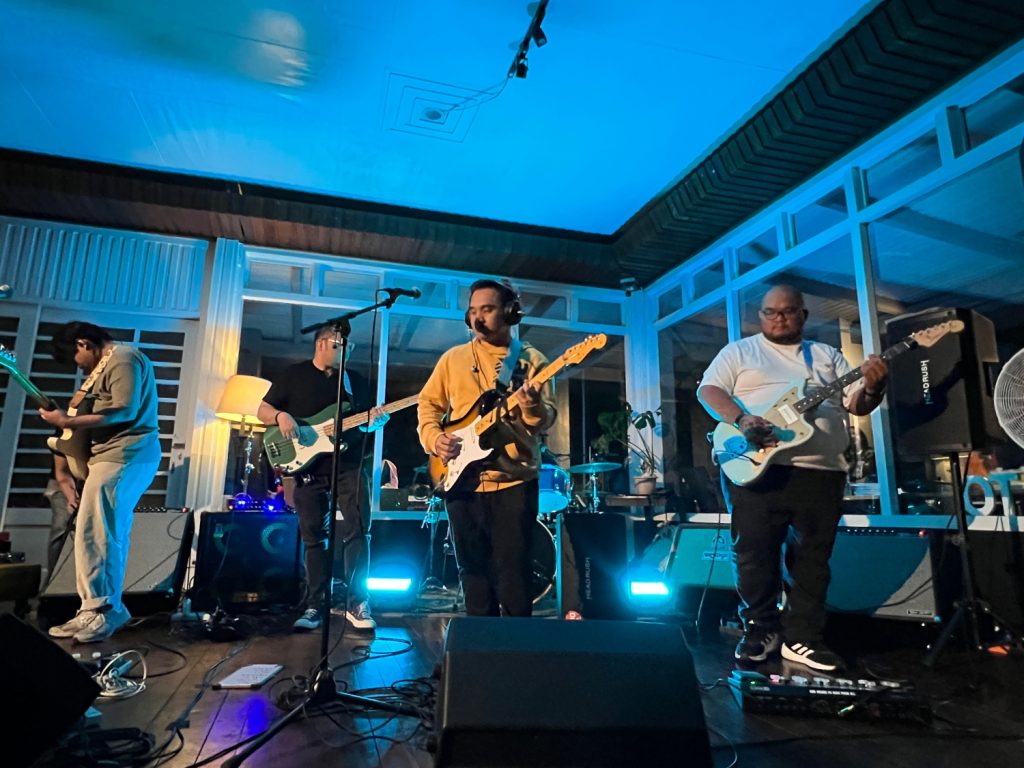

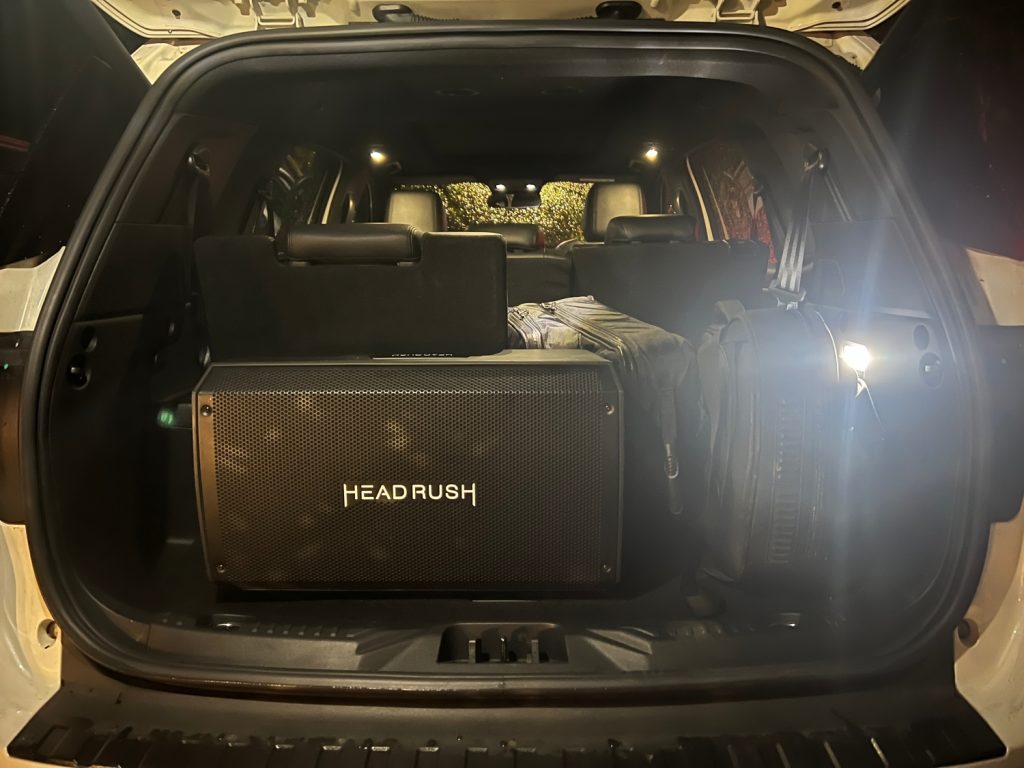
Room is another perk of the Everest. All occupants have ample room in the cabin, even the third row. What surprised me though was the cargo area. My awkwardly shaped speaker was able to fit despite having a third row seat up. With other SUVs, I’d have to fold the third row. Having that extra seat allowed us to lessen the car we’d use when going to the gig.
Going around Baguio is also easy with the Everest. The size can be tricky, but the 360-camera system makes tight maneuvers very manageable. There’s also a huge screen for Waze or Google Maps, and the light steering makes the endless curves easy on the arms. Add the comfort factor and space in the cabin and you have an SUV meant for tourism.


Of course, the Everest is not perfect. It’s just good at hiding its flaws. One of them is the lack of physical buttons for some features. But I’ll admit this is more personal than objective. Most people won’t care especially if there’s only one user of the Everest – it will be a set-and-forget thing. Even if there are two drivers, it won’t be a problem. Still, I’d like to have the controls out of the touchscreen just in case it malfunctions, I can still change some settings.
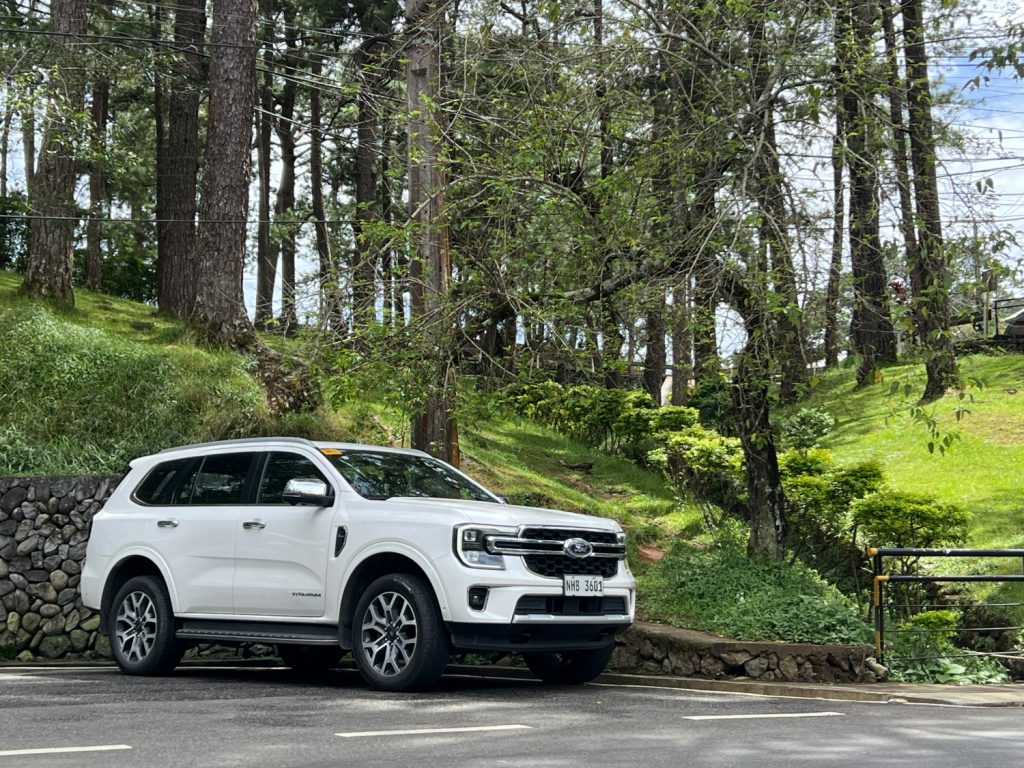
Second is the power delivery. Only the top-of-the-line Everest has a Bi-Turbo engine that makes 210 horsepower and 500 Nm of torque. You can definitely feel that torque on flat roads and descents but it’s a different story on inclines. It has no problem climbing steep uphills like the parking area of Canto Bogchi Joint which is like ground to third floor real quick.
Where it needs improvement is when you need more power while climbing. It’s most apparent when you’re driving on an unfamiliar corner and once you make the turn, you see that it’s more steep than you expected. So you press the throttle deeper but instead of making an immediate push, the Everest takes a second to downshift and rev up again. It’s a quick moment but it felt like the car almost stopped because it didn’t act the way I wanted it to. Once the rev climbs up though, you won’t have any problem anymore.
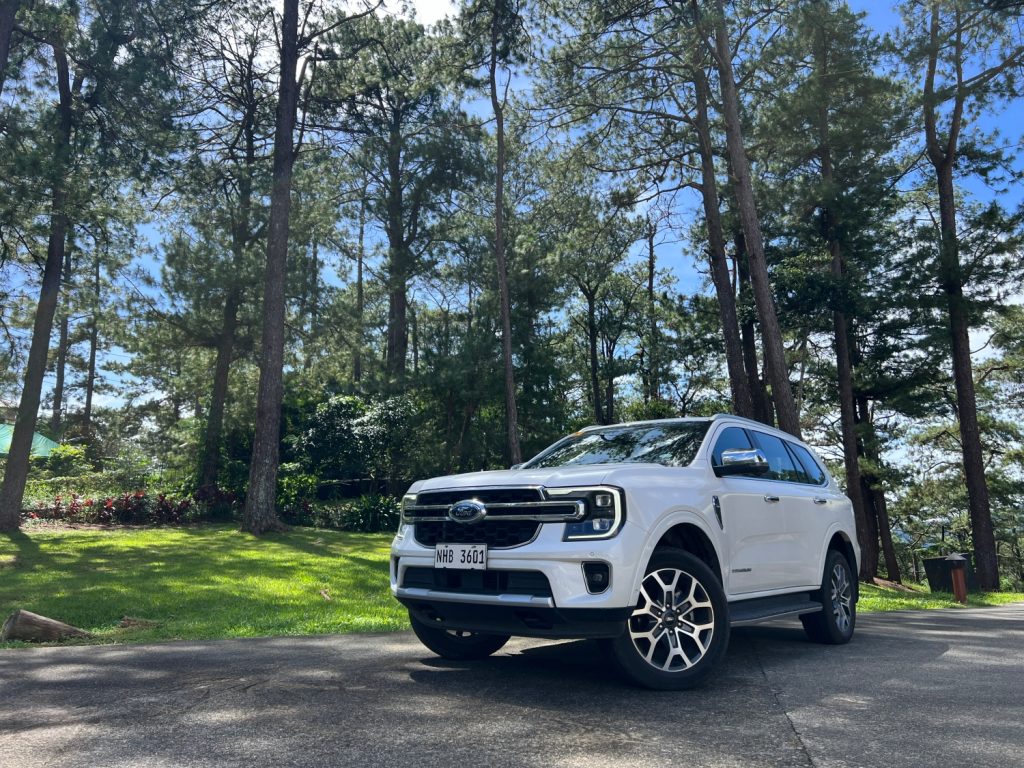
From a bigger point of view though, that power delivery is a small trade-off for what the Everest offers. It gives you comfort in different ways. There’s ride comfort which is top tier in its class. Spatial comfort for all the space every occupant has, and that flexible cargo capability. There’s driving comfort thanks to the ADAS; and then there’s mental comfort because you know you’ll get to your destination safe and sound.
I can’t deny that the price is steep at P2,555,000 but that’s the reality. Is it worth it? Depends on your wants for an SUV. It has power but the delivery, as I said, isn’t as straightforward. If you can forgive that little thing, you will surely enjoy the comfort and tech it has to offer. So if you can afford this top-of-the-line trim, lucky you because the Ford Everest Titanium 4×4 will make light work of almost everything you throw against it.

